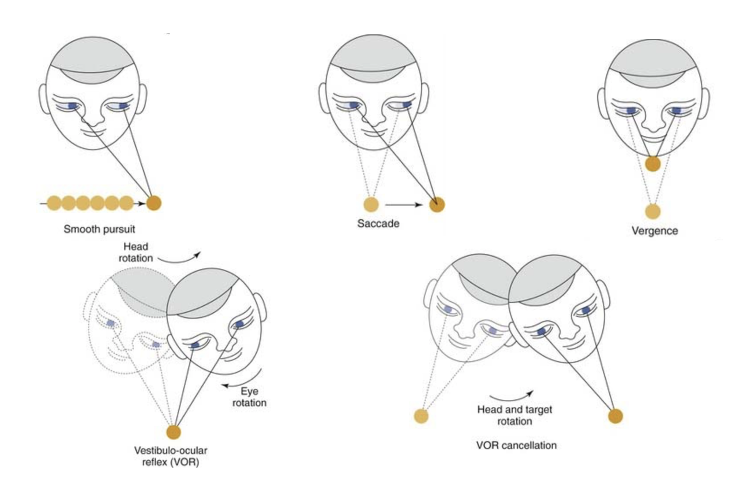Blog: A Message From Our Founder
Our recent FDA clearance allowing EYE-SYNC as an aide to concussion diagnosis is a major milestone for diagnostic eye-tracking technology and its use in measuring prediction, a key brain function. SyncThink has spent decades studying this through rigorous clinical research, in order for patients and clinicians to benefit from the use of reliable, objective data to identify prediction related deficits, which are often discovered for the first time using EYE-SYNC.
Large clinical trials supported by the Department of Defense have resulted in normative eye tracking data for military, civilian and athlete populations, furthering our understanding of how prediction operates under various conditions. These studies have shown distinct signals that are unique for sleep deprivation, cannabis, ADHD and concussion, each of which demonstrate errors in prediction that are captured and quantified by EYE-SYNC. Today, over 100,00 patients have benefitted from our technology being portable, fast, accurate and reliable.
It is a critical time for progress to be made in concussion care. A recent publication, the first concussion evidence-based guidelines (Lumba-Brown et al, Neurosurgery 2020), supports subtype classification for concussion leading to our need for precision diagnostics and treatment. The leading causes of symptoms from concussion often stem mainly from one or more of the first three subtype impairments:
- Ocular-motor
- Vestibular
- Cervical strain
- Sleep Disturbance
- Cognitive
- Migraine
- Mood
The EYE-SYNC platform combines tests for ocular-motor and vestibular brain functions and includes symptoms before and after testing to elicit prediction-expectation errors. In addition, the EYE-SYNC platform contains standardized questionnaires (to further measure subtypes) and commonly used concussion screening tools such as the SCAT5.

EYE-SYNC analytics are focused on eye-target synchronization metrics, with variance being the strongest predictor of concussion related impairments. With the largest eye tracking database of its kind, SyncThink has developed novel deep learning algorithms to combine variables collected into a highly specific and sensitive tool for concussion diagnosis. As a result, users can feel confident that they are collecting the required data necessary to support the diagnostic decision for concussion, which presents in many different combinations and severities of subtypes. Targeted therapies can then be employed to correct deficiencies and return the individual to baseline, or even better measures of readiness.
It is important for technology like EYE-SYNC to continue to evolve with our understanding of concussion, so that it can be made easier for clinicians to classifying patients with concussion, so that they may receive the proper treatment needed to resolve the condition.